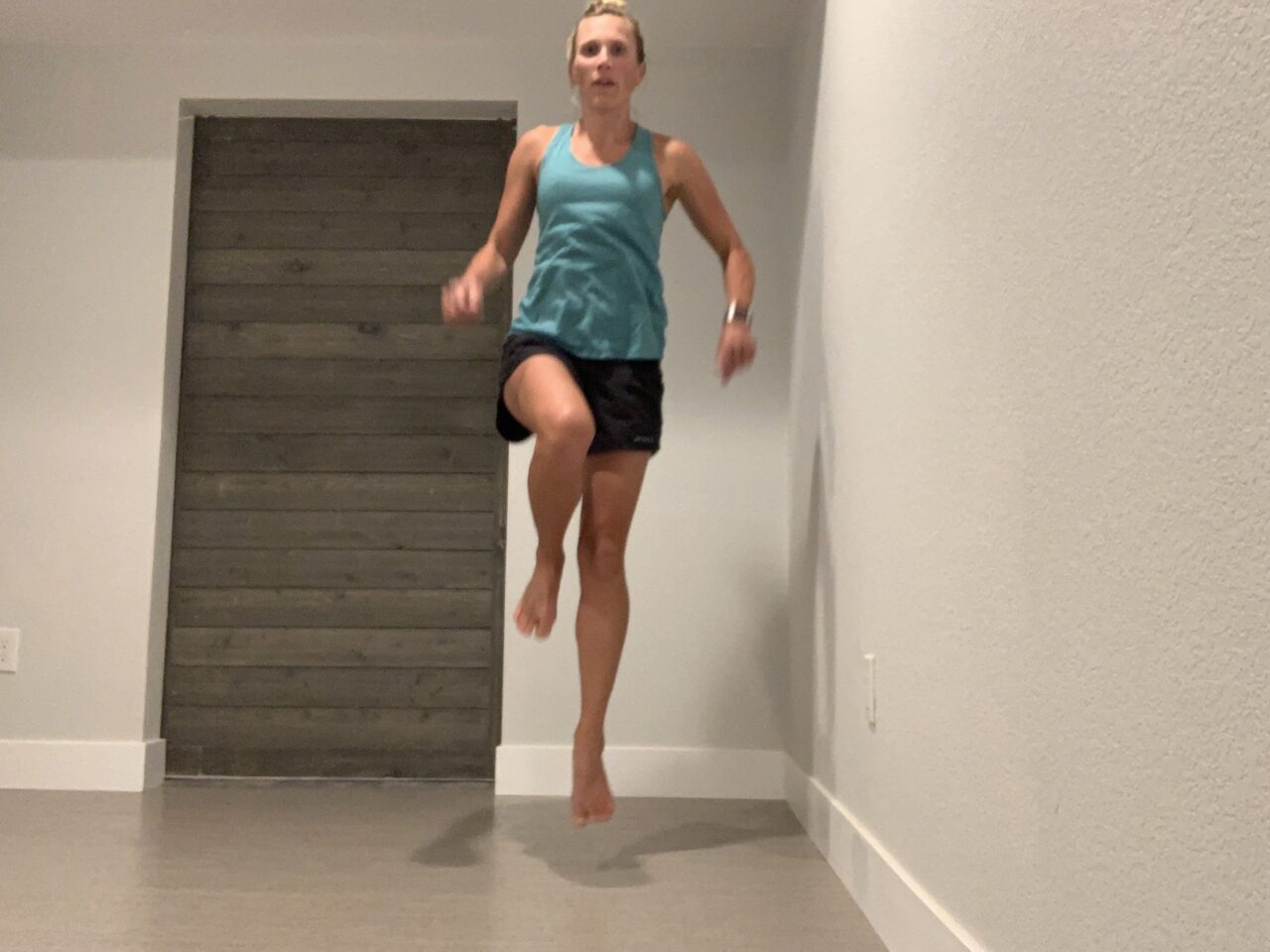Pelvic organ prolapse (POP) is the descent or tissue laxity of the front (bladder), back (rectum), or top (cervical) aspect of the vaginal wall. With less support from connective tissue and muscles of the pelvis, the bladder, uterus, or rectum can press on the vaginal wall contributing to increased pelvic pressure or bulge sensation. The exact prevalence of POP in the United States is unknown, but an estimated 40% of women who have given birth will have evidence of POP upon physical exam.
However, just like in the orthopedic world where we acknowledge that MRI findings of rotator cuff tear or herniated disc don’t always result in symptoms, the same is true for prolapse. Presence of prolapse doesn’t always lead to symptoms of prolapse, and symptom modification is the goal.
Follow along as we discuss prolapse and various forms of exercise. Spoiler alert, there is no ‘unsafe’ exercise!
Strength Training with Prolapse
Lifting does not cause prolapse! In fact, the fear around ‘unsafe’ exercise, which could lead to more inactivity, is more dangerous and the exercise itself. A cross-sectional survey study by Forner et al. 2020, conducted through an online reporting survey of nearly 4,000 women found that those who reported lifting <15kg were MORE LIKELY to report symptoms of POP compared to the women who reported lifting >50kg. The conclusion the authors made in the study is that physically active women who lift heavy do not have an increased prevalence of POP symptoms.
Tip: exhaling with exertion is a key factor in reducing intraabdominal pressure while lifting to prevent prolapse symptoms
Mend Recommendation: see a pelvic health therapist to learn more about techniques to manage intraabdominal pressure while lifting and to learn how to lift at a load appropriate for your body.
Running with Prolapse
Your symptoms are a guide for how your body is handling forces and load. You may need to modify strategy or continue to strengthen before your body is ready to handle the impact of running.
Tips:
-Don’t hold your abdomen or pelvic floor tight! We want to avoid stiffness during impact to prevent prolapse symptoms (think of your organs like an egg, we don’t want to egg to hit concrete but rather a more springy surface)
-Deeper breaths while running can help encourage the diaphragm-abdominal-pelvic floor complex to be less rigid and be more accepting of the impact of running
-Focus on the following mechanics: quicker cadence to decrease impact forces, less vertical height with strides to decrease impact, slight forward lean to better absorb forces
Ab Exercises with Prolapse
A study by O’Dell (2007) compared the intra-abdominal pressure generated in crunches vs downward dogs (yoga). Some participants had a low pressure crunch while others had a high pressure down dogs. This indicates it is not an exercise itself, but how the exercise is done, that can affect intraabdominal pressure and prolapse.
Tip: as with strength training, exhaling on exertion is a great tip to try during ab exercises
Impact Exercise
Similar to running, avoiding a rigid trunk and pelvic floor is the best way to decrease prolapse symptoms with impact. Refer to our blog here about how to properly progress through impact exercises. Working on gradual impact progression can help improve your your system’s tolerance to activities like running.
Tip: Don’t contract your pelvic floor with jumping motions
Kegel’s?
If you know us at Mend you know we are not fans of simplifying prescribing Kegel’s for any pelvic floor dysfunction. The pelvic floor works in a system and simply strengthening the pelvic floor will not be the solution for your prolapse. The solution is strong surrounding muscle groups, good pressure control techniques, and optimizing the pelvic floor’s function in that system.
Tip: do you even know you need pelvic floor strengthening? Sometimes lingering tension (not weakness) in the pelvic floor can actually make prolapse symptoms worse.
Mend recommendation: see a pelvic health therapist to learn how to optimize your pelvic floor’s role in the system and where your body has deficits in that system.
Schedule an appointment with a pelvic health specialist at Mend in Boulder or Lafayette today!

